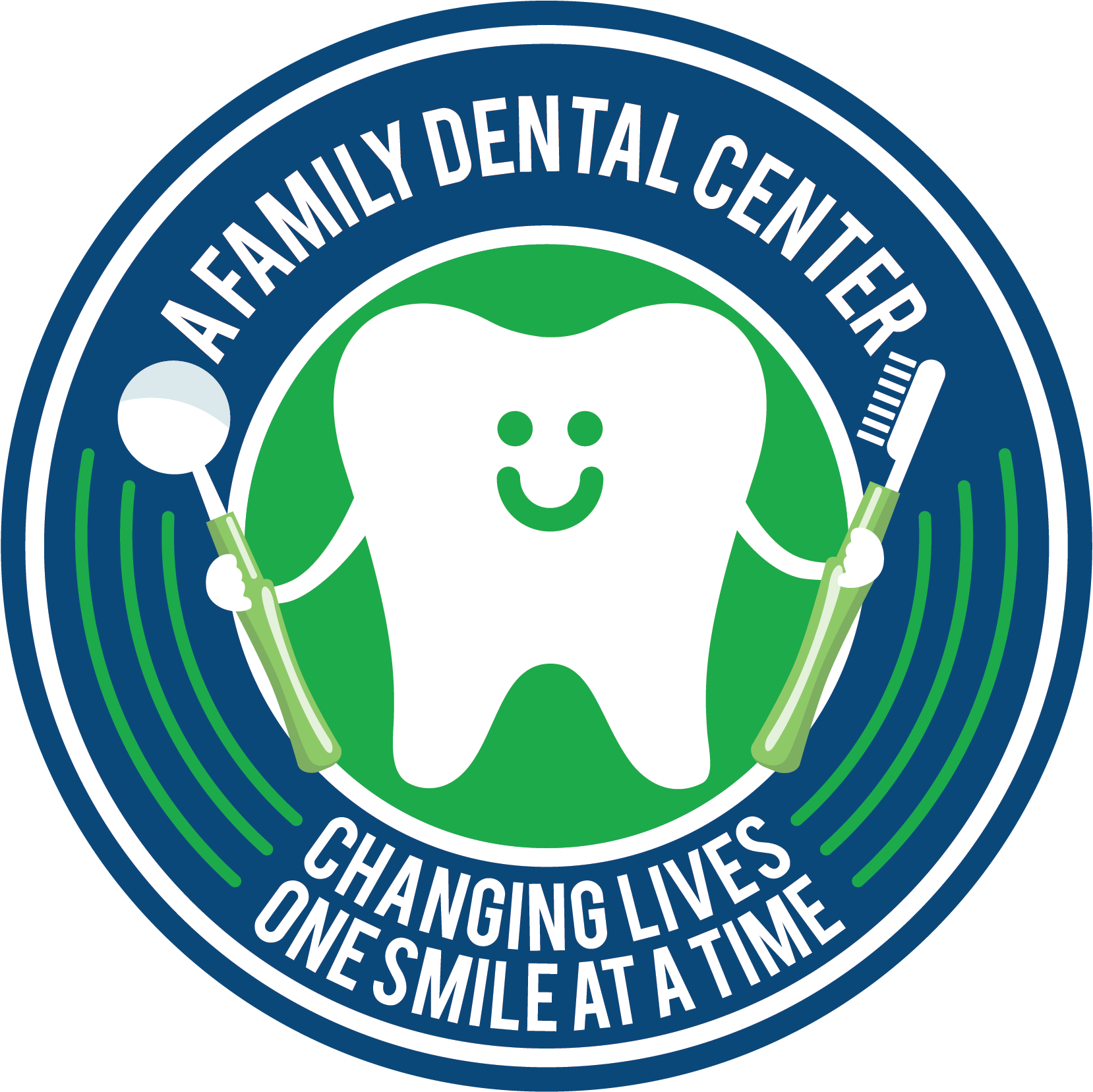
The Many Benefits of Dental Sealants
Pitts and fissure sealants have been around for nearly six decades, and their benefits have significantly improved over time. Dental sealants are a thin coating of plastic applied to the molars’ chewing surfaces to help prevent the buildup of acids and bacteria that result in tooth decay. Dental sealants aim to prevent cavities from creating a flat surface across the molars’ pitch and fissures. The pits and fissures are challenging to clean and can quickly accumulate food particles and allow plaque buildup.
Dental sealants introduced in the early 1900s have significantly improved, and so have the technique of applying them along with the dental sealant materials. Currently, the Kennewick dentist recommends dental sealants for children and teenagers at a higher risk of tooth decay, especially on their new adult molars. This blog looks at the six significant benefits dental sealants provide when applied to children’s teeth.
Round-The-Clock Protection against Plaque and Food
The most significant benefit of dental sealants is they provide round-the-clock protection for the tooth enamel. Dental sealants offer protective coverage keeping plaque and food particles from accumulating in the challenging to reach posterior molars areas. When you seal the pits and fissures of the molars, the sealants help prevent severe oral health issues like cavities, root canals, and the requirement for dental crowns.
Painless Application
Dental sealants are applied in a virtually pain-free process. When applying dental sealants, the West Richland dentist merely uses a brush to paint the liquid resin onto each tooth’s biting surface. The resin simply requires a few seconds to dry before the teeth are rinsed. The painless and quick procedure of applying dental sealants is a significant benefit of this process.
Additional Support to Your Oral Care Regimen
You may have the most meticulous oral care regimen brushing and flossing diligently as recommended by your dentist. However, getting into all the cracks and crevices of your back teeth is practically impossible. Dental sealants function to keep potentially harmful foods and plaque that are difficult to reach and impossible to remove by brushing and flossing.
Dental Sealants Are Long Lasting
Parents of children frequently inquire with the dentist, “how long do dental sealants last?” Perhaps parents are concerned that their child may need orthodontics to correct crooked and misaligned teeth and wonder whether dental sealants will prevent their children from receiving the treatment.
Dental sealants protect 80 percent of cavities from children’s teeth during the first two years of application and 50 percent of holes for another four years. The sealants remain on the teeth for approximately 5 to 10 years. During routine dental visits, the dentist checks the condition of the dental sealants to ensure they haven’t chipped or cracked as they are likely to or become worn and need re-application.
Easily Maintained
Dental sealants are prone to chipping in cracking, but the problem is addressed quickly. Dentists merely add more sealant if required to ensure the child has the protection needed against cavities and doesn’t develop sensitive teeth.
Protection Covered by Insurance
If you want your child to have dental sealants on their teeth, the procedure’s cost is approximately $ 30-$ 60 per tooth. However, many insurance providers are covering the cost of dental sealants. You may inquire with your insurance provider about your coverage or with the dentist for discount plans, significantly reducing the treatment costs.
The many benefits of dental sealants should encourage you to let your child join the 43 percent of American children having dental sealants on their teeth as a protective measure against tooth decay and cavities. Many children without sealants from low-income households frequently report having two or more holes on their teeth.
Dental sealants don’t provide the freedom to neglect good oral hygiene routines. Whether your children have dental sealants on their teeth or not, it is inevitable for them to maintain excellent dental hygiene by brushing twice a day with fluoride toothpaste, flossing at least once, and visiting the dentist every six months for cleanings and exams.
It is your responsibility to ensure your child doesn’t snack frequently on sugary and starchy foods but has a nutritious diet providing their teeth all the nutrients they need. Dental sealants are merely an additional protective barrier over the back molars that keep out food particles and plaque on the pits and fissures to prevent tooth decay.
